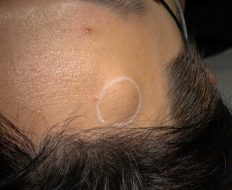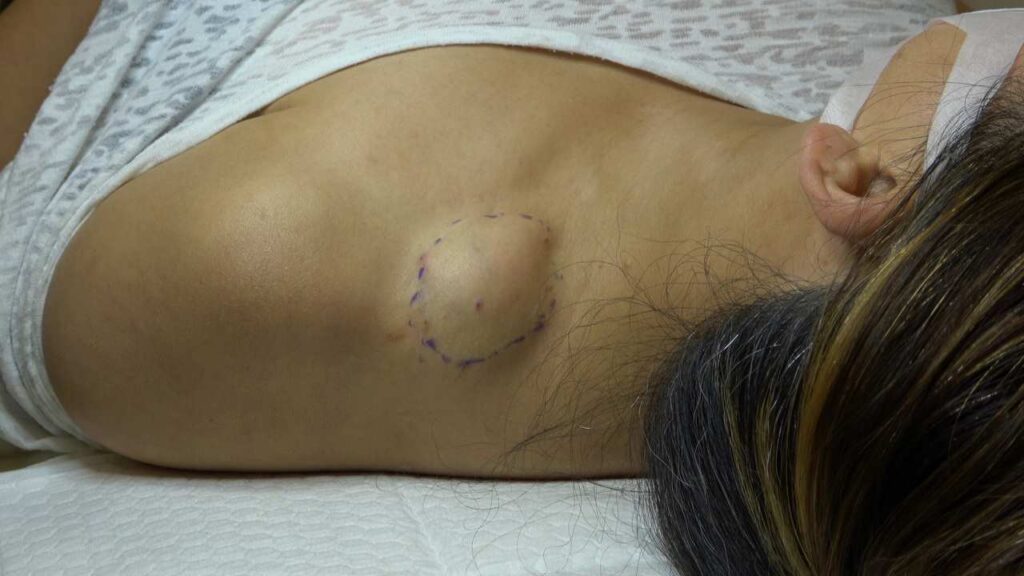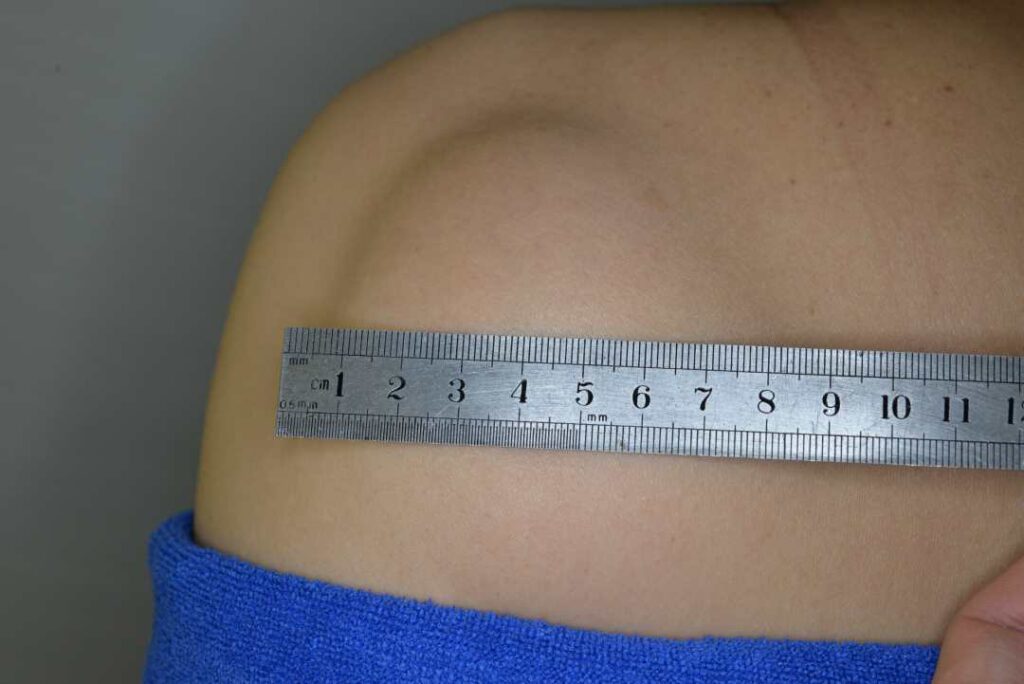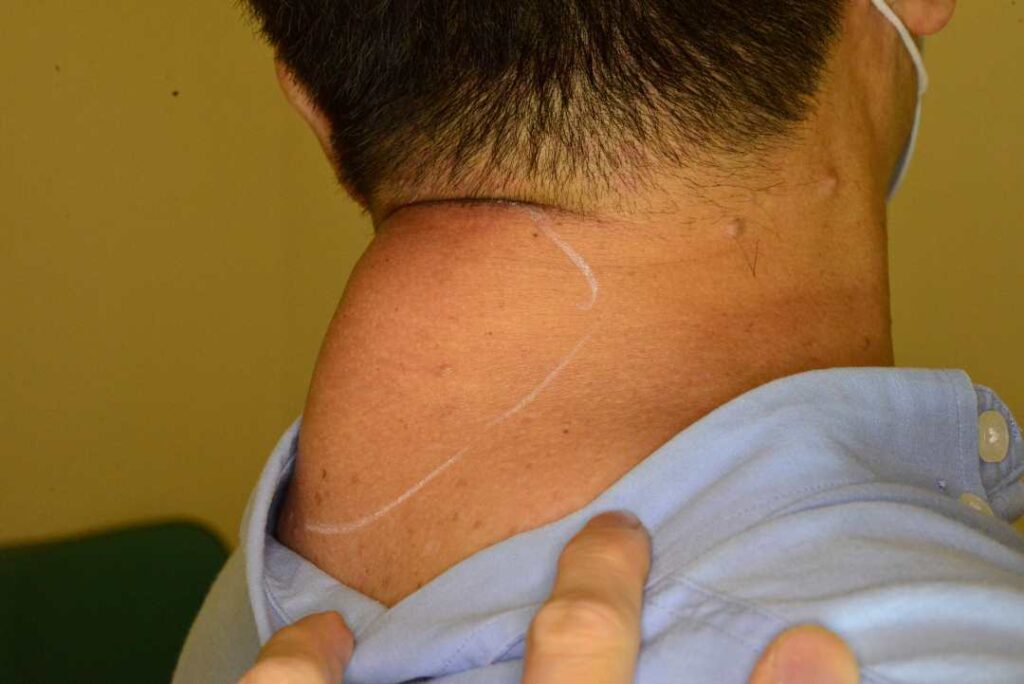Lipoma: Understanding Causes, Symptoms, and Treatment Options
A lipoma is a common, benign (non-cancerous) soft tissue growth that develops when fat cells accumulate beneath the skin. While these growths are generally harmless, understanding their nature, causes, and treatment options is essential for anyone concerned about these soft lumps.
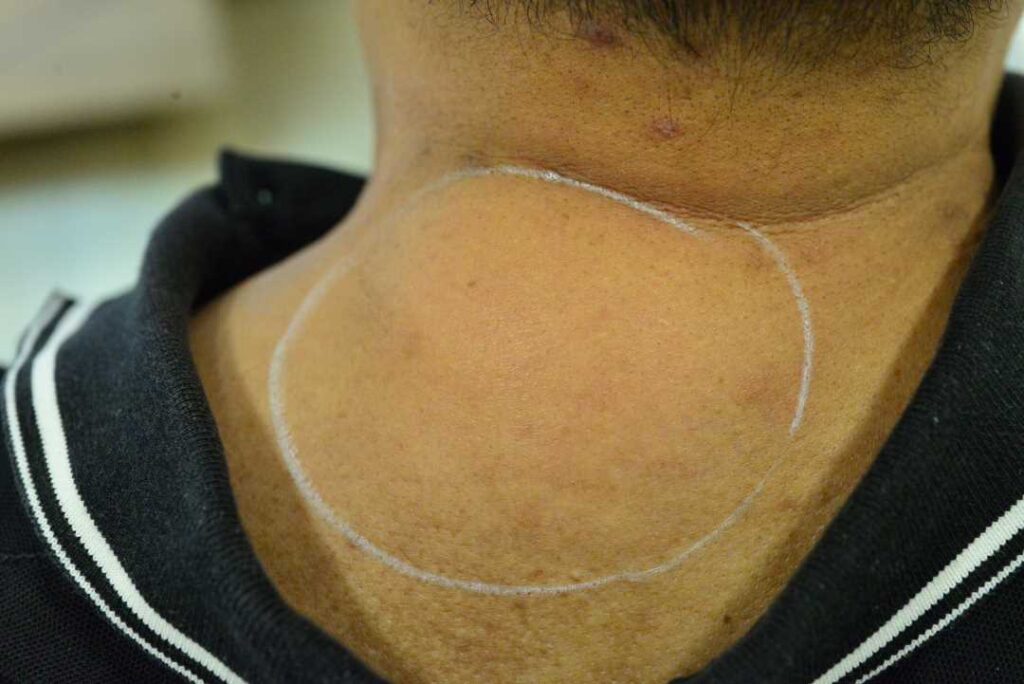
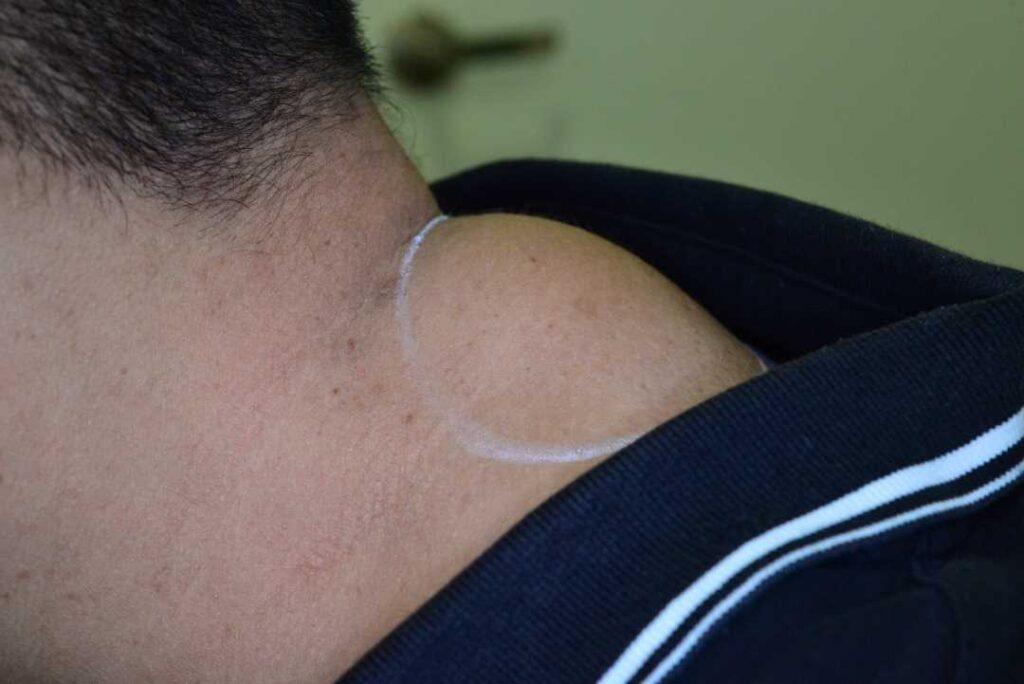
What is a Lipoma?
A lipoma is a slow-growing, fatty lump that forms between the skin and underlying muscle tissue. These masses are typically soft, doughy to touch, and move easily when slight pressure is applied. Lipomas can occur anywhere on the body where fat cells are present, but they most commonly appear in specific locations:
- Neck
- Shoulders
- Back
- Arms
- Thighs
- Abdomen
Causes and Risk Factors
The exact cause of lipomas remains unclear, but genetic predisposition plays a significant role, with family history being a crucial factor. Age and gender also influence lipoma development, with most cases occurring in adults aged 40-60 years and showing slightly higher prevalence in men. Children rarely develop lipomas.
Other contributing factors include obesity, physical trauma to an area, certain medical conditions, and hormonal changes. These factors may work independently or in combination to promote lipoma formation.
Related Video
Symptoms and Signs of Lipoma
Most lipomas share common characteristics that help distinguish them from other types of growths. Their physical characteristics include:
- Soft and doughy consistency
- Round or oval shape
- Usually less than 5cm in diameter
- Easy mobility with finger pressure
While most lipomas are asymptomatic, some individuals may experience mild discomfort if the growth is pressed, pain if it grows near nerves, restricted movement if located near joints, or cosmetic concerns. The growth pattern is typically slow and steady,.
When to Seek Medical Attention?
Although lipomas are typically harmless, certain situations warrant medical evaluation. Any rapid growth or sudden changes in appearance or texture should be assessed by a healthcare provider. Persistent pain, tenderness without pressure, or numbness and tingling sensations are also concerning symptoms that require medical attention. Additionally, lipomas that are deep under the skin, near joints or vital structures, or affecting daily activities should be evaluated professionally.
How to Diagnose Lipoma?
Doctors do physical examinations which include visual inspection and palpation of the lump to assess its mobility and consistency. In some cases, imaging studies such as MRI may be necessary to confirm the diagnosis or rule out other conditions. A biopsy might be performed if the appearance is atypical or there are other concerns.
Treatment Options of Lipoma
The approach to treating lipomas depends on several factors, including:
- Size and location
- Presence of symptoms
- Cosmetic concerns
- Patient preference
Many lipomas do not require treatment if they are small, not growing, and not causing symptoms or cosmetic concerns. However, when intervention is necessary, surgical removal is the most common treatment method.
Surgical Removal
Surgical removal should be considered when lipomas cause pain or discomfort, affect daily activities, show rapid growth, or create cosmetic concerns.
Surgical excision remains the most common surgical approach, performed under local anesthesia with complete removal through an incision. The surgical procedure follows a systematic approach, beginning with proper preparation including local anesthesia administration and site sterilization. During the excision, surgeons carefully separate the lipoma from surrounding tissue while preserving nearby structures.
Recovery and Aftercare
Post-surgical recovery typically involves managing minor pain and keeping the surgical site clean and dry. Patients must follow specific wound care instructions. The recurrence rate of lipoma is generally low.
Related Video
Risk of Lipoma Recurrence After Surgery
The overall recurrence rate for lipomas after surgical removal is relatively low, typically ranging from 1-3%. However, this rate can vary significantly based on several key factors. With complete surgical excision, the recurrence rate drops to less than 1%, while partial removal techniques may see recurrence rates up to 15%.
Several factors influence the likelihood of recurrence:
- Surgical technique used
- Location and size of lipoma
- Patient’s genetic predisposition
Minimizing Recurrence Risk
The most effective way to prevent lipoma recurrence is ensuring complete surgical removal during the initial procedure. This includes removing the entire lipoma capsule when appropriate. Choosing an experienced doctor who specializes in lipoma removal can significantly improve outcomes.
Existing patient information
Other skin concerns
Hidden Content
Hidden content
Hidden Content
Hidden content




